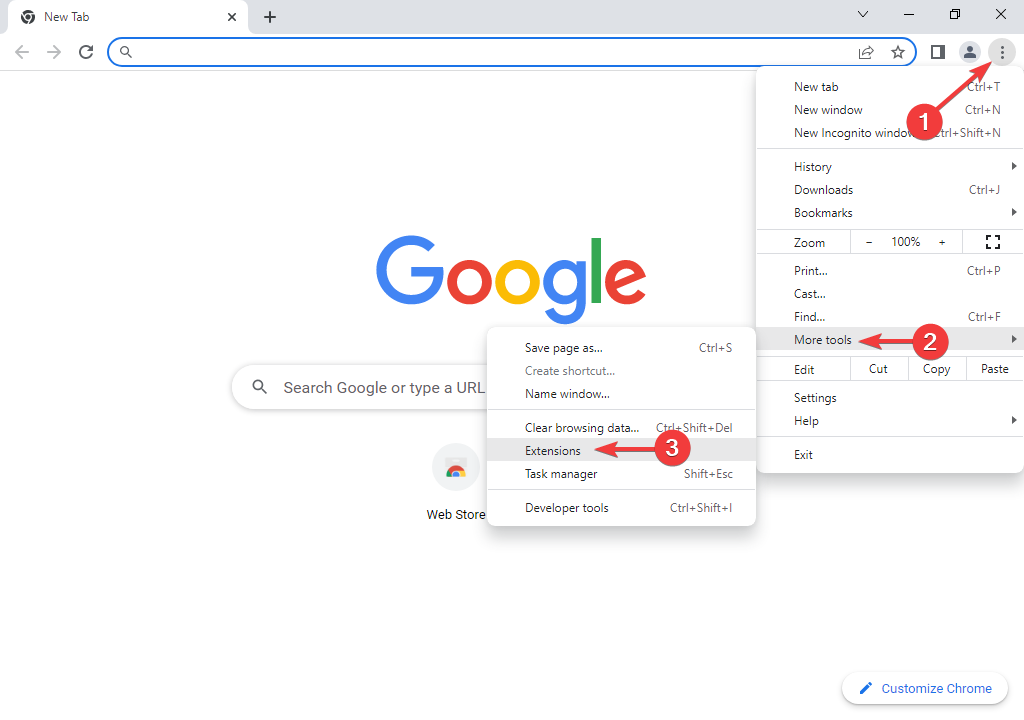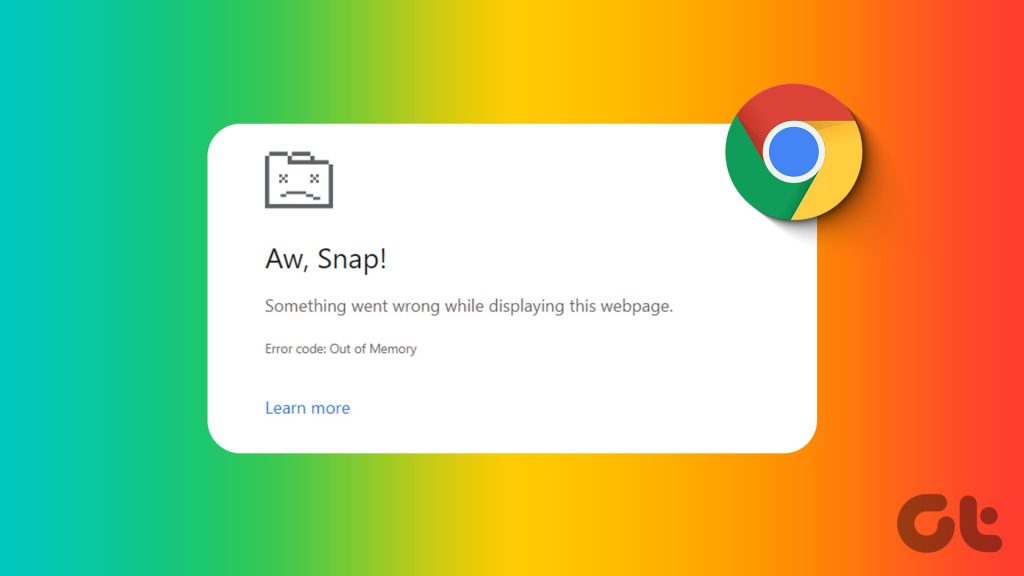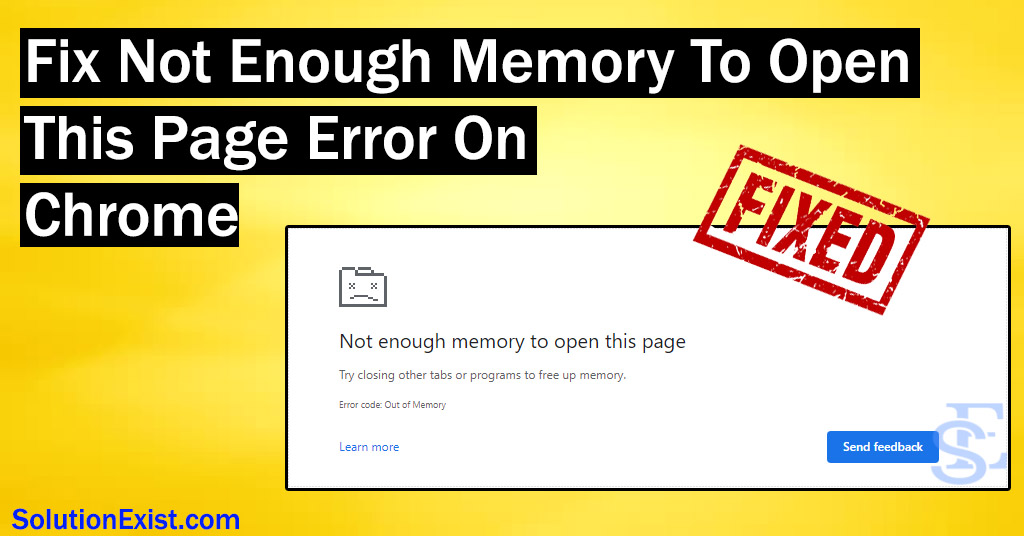It was late at night when Alex, a young graphic designer, sat down to finish a client’s project. The deadline was closing in, and his browser was filled with tabs—design references, tutorial videos, and inspiration boards. Just as he clicked on the final resource he needed, his screen flashed an unexpected message:
“Not enough memory to open this page.”
This wasn’t just a small inconvenience—it was a frustrating truth that many people face every day. Behind this error lies a mix of technical reasons, emotional struggles, and lessons we often don’t realize until we encounter it ourselves. In this article, we’ll explore seven frustrating truths about this error, why it happens, and how to overcome it.
What Does “Not Enough Memory to Open This Page” Really Mean?
On the surface, it feels like a cruel riddle. But technically, the message is straightforward.
When your browser tries to open a page, it needs system resources, especially RAM (Random Access Memory). RAM is the temporary workspace of your device—it helps applications run smoothly by holding active data. If there isn’t enough free memory, the browser simply can’t handle the request.
The result? That dreaded message: “Not enough memory to open this page.”
The Human Side of Technology Struggles
Errors are rarely just technical—they’re deeply human. For Alex, the memory error wasn’t just about RAM; it was about broken momentum, stress, and fear of failing a client.
For students, it’s about missing a submission.
For professionals, it’s about delays in productivity.
For families, it’s about interrupted entertainment or communication.
Behind every error message, there’s always a person trying to move forward.
Why This Error Happens More Often Than You Think
The message seems rare until you realize how common the causes are:
- Keeping 20+ tabs open at once.
- Running multiple heavy extensions in Chrome, Edge, or Firefox.
- Websites with endless media—videos, high-resolution images, animations.
- Using an older device with limited RAM (like 2GB or 4GB).
- Having multiple applications open alongside the browser.
The truth is, we often push our devices beyond their limits without realizing it.
How It Disrupts Everyday Life and Work
Imagine this:
- A teacher is preparing a digital lesson plan.
- A student is researching for their thesis.
- A doctor is loading online patient reports.
- A businessperson is attending a critical video meeting.
Then—suddenly—“not enough memory to open this page.”
Progress stops. The flow is broken. Frustration grows. And in professional environments, it can even mean lost opportunities or broken trust.
The Emotional Rollercoaster Behind a Technical Glitch
Most people go through a predictable cycle when faced with the “not enough memory to open this page” error.
- Confusion – “What just happened?”
- Frustration – “Why now, of all times?”
- Panic – “Will I lose my work?”
- Desperation – “Google, please save me.”
- Relief or defeat – depending on whether they find a fix.
Alex’s story is just one of millions. Each time this error appears, someone, somewhere, is thrown onto that same emotional rollercoaster.

The Digital Detective Story: Tracing the Root Cause
Solving this error feels like detective work. The suspect list is long:
- A misbehaving browser extension.
- Too many open tabs hogging memory.
- Heavy applications running in the background.
- Outdated device hardware.
- Corrupted browser cache or cookies.
Each possibility must be tested, ruled out, or fixed.
Common Situations Where the Error Appears
- Watching a live stream while browsing social media.
- Designing online graphics with multiple editing tools.
- Playing browser-based games.
- Uploading large videos or files to cloud storage.
- Opening PDF-heavy websites like research archives.
If you recognize yourself in these scenarios, you’ve likely seen the “not enough memory to open this page” error before.
Simple Fixes That Work Instantly
The good news? Often, the problem can be solved quickly:
- Close extra browser tabs.
- Disable unnecessary extensions.
- Restart your browser.
- Clear cache and cookies.
- Check for browser updates.
These quick fixes usually free up enough memory and resolve the “not enough memory to open this page” error so the page reloads smoothly.
Advanced Solutions for Persistent Problems
For those who encounter the error frequently, stronger steps are necessary:
- Upgrade your device’s RAM.
- Switch to lightweight browsers like Brave or Opera.
- Increase your system’s virtual memory (swap space).
- Disable background applications that eat resources.
- Use browser task managers to identify heavy pages.
These changes create a stronger, long-term defense against memory errors.
A Story of Victory: From Frustration to Freedom
Back to Alex. After a few moments of panic, he recalled advice he once read: “When in doubt, simplify.” He closed a dozen unused tabs, disabled a resource-heavy plugin, and reloaded the page.
This time, it worked. The page opened smoothly. His project was saved.
It wasn’t just about fixing an error—it was about learning to work smarter, not harder.
How Businesses Are Impacted by Memory Errors
For businesses, this error isn’t just a small inconvenience. It can translate into:
- Lower employee productivity.
- Missed deadlines.
- Customer frustration when online services crash.
- Higher costs for IT support.
In a world where time equals money, even a few wasted minutes matter.
Stories from Students, Professionals, and Families
- Students: A college student in New York missed submitting an essay because her research tabs froze under the error.
- Professionals: A lawyer lost critical notes during an online hearing preparation.
- Families: Parents trying to download their child’s school results faced repeated memory issues.
Each story highlights the same truth—errors ripple through daily life in ways bigger than we realize.
Lessons from the Past: Technology vs. Human Patience
Think back to the early days of the internet:
- Dial-up tones that took forever.
- Pages loading one image line at a time.
- Computers crashing without saving files.
We endured it all. The “not enough memory to open this page” error is simply the modern version of those old struggles.
The Future of Browsing and Digital Efficiency
Fortunately, things are improving. Browsers are becoming smarter about memory management. Artificial Intelligence is being used to predict user behavior and allocate resources efficiently. Cloud-based browsing may eventually eliminate local memory limitations altogether.
The future promises a world where errors like this are far less common.
Building Better Digital Habits to Avoid the Error
Technology is only half the equation. Our habits matter too.
- Don’t keep unnecessary tabs open “just in case.”
- Regularly update browsers and extensions.
- Avoid multitasking beyond your device’s limits.
- Learn to save work offline as backup.
Good habits reduce the chances of encountering the error at the worst time.
Experts Weigh In: Memory Management in 2025 and Beyond
Tech experts agree: resource-heavy websites will only grow in number. But devices are also becoming stronger. Cloud integration, AI-assisted browsing, and more powerful hardware will gradually make the error a thing of the past.
Until then, users must strike a balance between ambition and device capacity.

Get more insights from our website.
Final Thoughts: Turning a Negative into a Positive
The phrase “not enough memory to open this page” may feel like defeat, but it carries hidden lessons. It teaches patience, resourcefulness, and the importance of adapting quickly.
Alex’s story ended in success—and so can yours. With the right knowledge, preparation, and a bit of resilience, what starts as frustration can become a victory.













